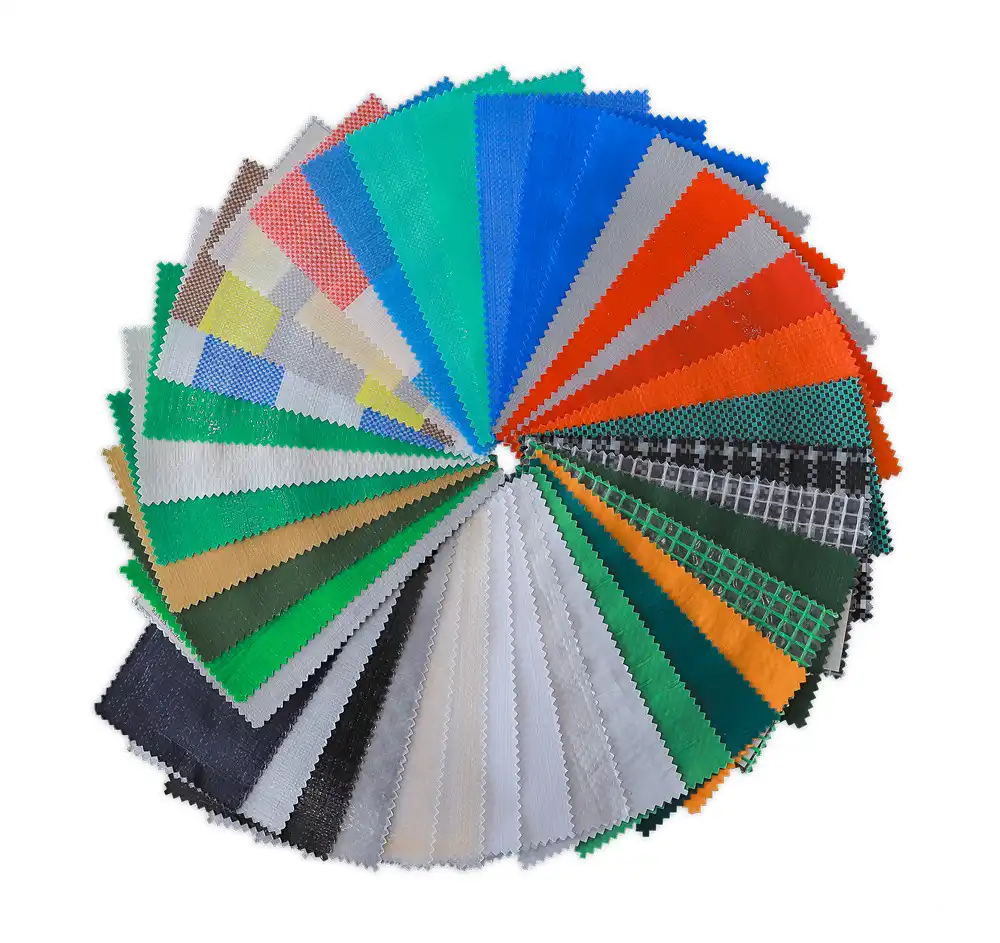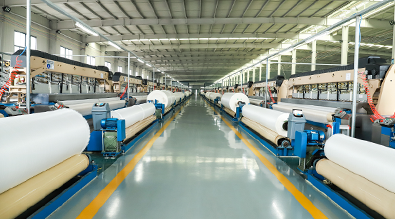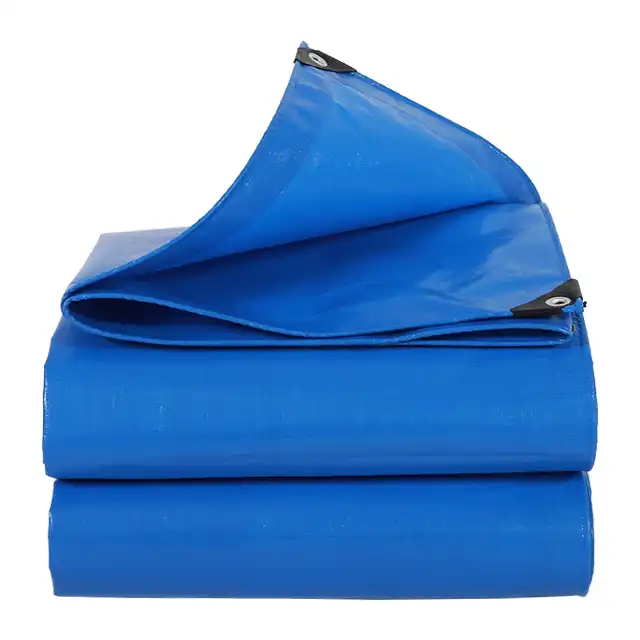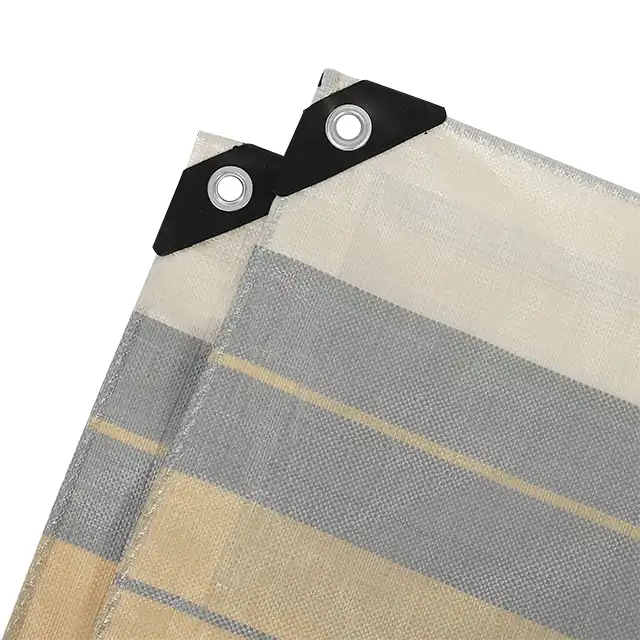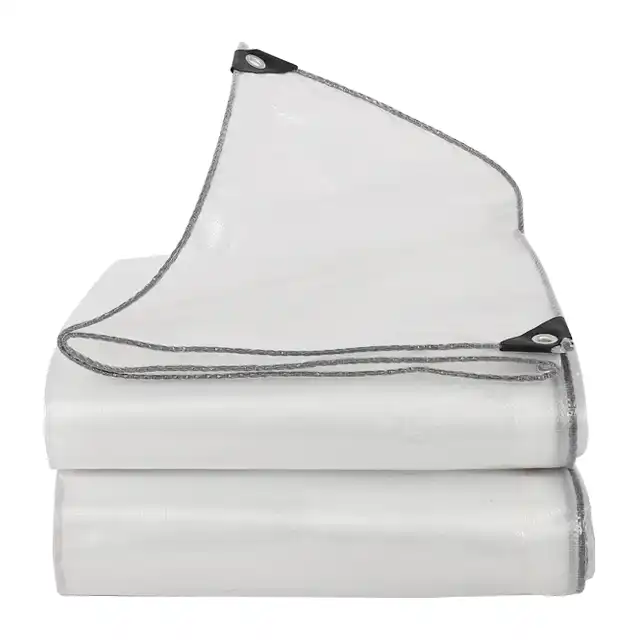How to Build an Affordable DIY Rainwater Harvesting System Using Tarpaulins?
Water scarcity is becoming an increasingly pressing global concern, making rainwater harvesting an essential practice for sustainable living. Building an affordable DIY rainwater harvesting system using tarpaulins offers homeowners and communities an accessible solution to collect and store precious rainwater for various uses. This comprehensive guide will walk you through the process of creating an effective rainwater collection system that leverages the superior waterproof properties of high-quality tarpaulin sheets. By utilizing durable PE tarpaulin materials, you can construct a cost-effective system that captures rainwater from rooftops, awnings, or other surfaces, providing a reliable water source for irrigation, cleaning, and emergency preparedness. The versatility and affordability of tarpaulin sheet solutions make them ideal for both temporary and permanent rainwater harvesting installations.
Essential Materials and Tools for Your Tarpaulin-Based Rainwater System
Selecting the Right Tarpaulin Sheet for Water Collection
 The foundation of any successful rainwater harvesting system lies in choosing the appropriate material. When selecting a tarpaulin sheet for water collection, prioritize materials made from high-density polyethylene (HDPE) woven fabric with LDPE coating, as these offer superior durability and complete waterproof protection. The ideal tarpaulin sheet should feature a weight range of 200gsm to 280gsm, providing the perfect balance between strength and flexibility. Professional-grade PE tarpaulin sheets manufactured with 10x10 to 18x18 mesh count ensure optimal water retention while maintaining structural integrity under varying weather conditions. UV treatment ranging from 1% to 7% is crucial for long-term outdoor use, protecting your product from harmful sun rays and preventing premature degradation. The multi-layered construction of quality products, featuring lamination on both sides, creates an impermeable barrier that prevents water loss and contamination, making them ideal for rainwater harvesting applications.
The foundation of any successful rainwater harvesting system lies in choosing the appropriate material. When selecting a tarpaulin sheet for water collection, prioritize materials made from high-density polyethylene (HDPE) woven fabric with LDPE coating, as these offer superior durability and complete waterproof protection. The ideal tarpaulin sheet should feature a weight range of 200gsm to 280gsm, providing the perfect balance between strength and flexibility. Professional-grade PE tarpaulin sheets manufactured with 10x10 to 18x18 mesh count ensure optimal water retention while maintaining structural integrity under varying weather conditions. UV treatment ranging from 1% to 7% is crucial for long-term outdoor use, protecting your product from harmful sun rays and preventing premature degradation. The multi-layered construction of quality products, featuring lamination on both sides, creates an impermeable barrier that prevents water loss and contamination, making them ideal for rainwater harvesting applications.
Essential Hardware Components and Fastening Systems
Creating a reliable rainwater harvesting system requires careful selection of hardware components that work harmoniously with your tarpaulin sheet. Heavy-duty grommets or reinforced eyelets should be installed at regular intervals along the perimeter of your sheet to provide secure attachment points for rope, bungee cords, or tensioning systems. Stainless steel or galvanized hardware prevents corrosion and ensures long-lasting performance in outdoor environments. The support structure for your tarpaulin sheet can include PVC pipes, metal poles, or wooden frames, depending on your specific installation requirements and budget constraints. Proper tensioning hardware, such as turnbuckles and carabiners, allows for precise adjustment of your tarpaulin sheet's angle and tautness, optimizing water collection efficiency. Consider investing in quick-release mechanisms that enable easy removal of your product during severe weather conditions or for maintenance purposes.
Water Storage and Filtration Equipment
The effectiveness of your rainwater harvesting system depends heavily on proper water storage and basic filtration components that work in conjunction with your tarpaulin sheet collection surface. Food-grade storage containers, ranging from 55-gallon barrels to larger cisterns, should be positioned strategically to receive water channeled from your sheet. Installing a first-flush diverter helps eliminate initial rainfall that may carry debris from your product surface, ensuring cleaner water enters your storage system. Basic filtration elements, including mesh screens and sediment filters, can be integrated into your downspout system to remove leaves, insects, and other contaminants before water reaches your storage tanks. Overflow valves and spigots should be installed at appropriate heights to prevent system damage and provide convenient water access. The modular design of product systems allows for easy expansion of storage capacity as your water collection needs grow.
Step-by-Step Installation Process for Maximum Water Collection
Site Preparation and Foundation Setup
Proper site preparation is crucial for maximizing the water collection potential of your tarpaulin sheet rainwater harvesting system. Begin by selecting a location that receives maximum rainfall exposure while considering factors such as proximity to water storage areas and ease of maintenance access. The installation site should be cleared of sharp objects, debris, and vegetation that could potentially damage your product during installation or operation. Level the ground surface and create a slight slope toward your collection point to ensure efficient water flow across the surface. Consider the seasonal sun path and prevailing wind directions when positioning your system to minimize UV exposure and wind stress on your tarpaulin sheet. Installing a perimeter drain or French drain system around your collection area prevents ground water from interfering with your harvested rainwater and protects your product from potential damage caused by standing water.
Framework Construction and Tarpaulin Sheet Mounting
The structural framework supporting your tarpaulin sheet must be engineered to withstand wind loads, rain weight, and seasonal temperature variations while maintaining proper drainage angles. Construct a rigid frame using treated lumber, galvanized steel tubing, or PVC pipe, ensuring all connection points are secure and properly braced. The framework should create a gentle slope of 1-2 inches per 10 feet toward your collection point, allowing gravity to efficiently move water across your tarpaulin sheet surface. When mounting your sheet, ensure even tension distribution across the entire surface to prevent sagging or pooling that could reduce collection efficiency or cause premature wear. The edges of your product should extend beyond the framework perimeter to prevent water loss and provide adequate attachment points for securing hardware. Install intermediate support cables or battens if your tarpaulin sheet spans large distances, preventing excessive deflection under water load while maintaining the smooth surface necessary for optimal water flow.
Drainage and Collection System Integration
The drainage system connecting your product to water storage must be designed to handle peak rainfall rates while preventing contamination and system overflow. Install guttering along the lowest edge of your tarpaulin sheet, ensuring proper slope and adequate capacity for expected rainfall volumes in your region. Downspouts should be sized appropriately to handle concentrated water flow from your tarpaulin sheet without causing backup or spillage. Consider installing leaf guards and debris screens at critical points in your drainage system to prevent clogs that could cause water to overflow and bypass your collection system. The connection between your tarpaulin sheet drainage and storage containers should include flexible sections that accommodate thermal expansion and settling while maintaining watertight seals. Emergency overflow routes should be established to safely direct excess water away from your foundation and system during extreme rainfall events that exceed your storage capacity.
Maintenance and Optimization Strategies for Long-Term Performance
Regular Inspection and Cleaning Protocols
Maintaining optimal performance from your tarpaulin sheet rainwater harvesting system requires establishing a comprehensive inspection and cleaning schedule that addresses both immediate maintenance needs and long-term preservation strategies. Monthly visual inspections should focus on identifying any signs of wear, damage, or contamination on your surface, paying particular attention to stress points around attachment hardware and areas exposed to UV radiation. The superior durability of quality PE tarpaulin sheets, featuring tear-resistant construction and UV treatment, significantly reduces maintenance requirements while ensuring reliable long-term performance. Cleaning your tarpaulin sheet surface should be performed at least twice annually using mild soap solutions and soft-bristled brushes to remove accumulated dirt, algae, and organic matter that could affect water quality or collection efficiency. During cleaning operations, inspect all hardware components, including grommets, fasteners, and tensioning systems, for signs of corrosion or mechanical wear that could compromise system integrity.
Seasonal Adjustments and Weather Protection
Adapting your tarpaulin sheet rainwater harvesting system to seasonal weather variations ensures optimal performance throughout the year while protecting your investment from extreme conditions. During winter months in freezing climates, consider adjusting the tension and angle of your tarpaulin sheet to promote ice and snow shedding, preventing accumulation that could damage the material or support structure. The arctic flexibility and anti-freezing properties of professional-grade tarpaulin sheets enable continued operation in challenging weather conditions, but proper system configuration remains essential for longevity. Spring preparation should include thorough inspection and cleaning of your tarpaulin sheet system, removing any debris accumulated during winter months and checking for damage caused by freeze-thaw cycles or severe weather events. Summer maintenance focuses on monitoring UV exposure and ensuring adequate ventilation around your tarpaulin sheet to prevent heat buildup that could accelerate material degradation despite UV treatment protection.
Performance Monitoring and System Upgrades
Maximizing the efficiency of your tarpaulin sheet rainwater harvesting system requires ongoing performance monitoring and strategic upgrades that enhance collection capacity and water quality. Install simple rain gauges and collection volume meters to track the relationship between rainfall and harvested water, helping identify areas for system optimization. The high-strength construction and waterproof characteristics of quality tarpaulin sheets provide a stable platform for system enhancements, including additional collection surfaces or improved drainage configurations. Consider upgrading to larger capacity storage systems as your experience with rainwater harvesting grows and your water usage patterns become established. Advanced filtration systems can be integrated with your existing tarpaulin sheet collection setup to improve water quality for expanded applications, including potable water uses with proper treatment. Regular performance data collection enables informed decisions about system modifications and helps justify investments in higher-capacity tarpaulin sheet materials or expanded collection areas.
Conclusion
Building an affordable DIY rainwater harvesting system using tarpaulins represents a practical and sustainable approach to water conservation that delivers both environmental and economic benefits. The versatility and durability of high-quality tarpaulin sheets make them ideal for creating effective water collection systems that can be customized to meet specific site requirements and budget constraints. By following proper installation techniques and maintaining regular care protocols, homeowners can create reliable rainwater harvesting systems that provide valuable water resources for years to come.
When embarking on your rainwater harvesting project, partnering with experienced manufacturers ensures access to superior tarpaulin sheet materials that deliver exceptional performance and longevity. Linyi Shengde Plastic Co., Ltd. stands as a leading enterprise in the PE tarpaulin field, backed by over 20 years of manufacturing excellence and a commitment to high-quality products at reasonable prices. Our ISO 9001:2015 certified production facility utilizes advanced quality testing equipment and maintains comprehensive quality monitoring throughout the entire manufacturing process. With strong R&D capabilities and partnerships with international organizations including UNHCR, IOM, ICRC, and UNICEF, we possess the expertise to meet your customized tarpaulin sheet requirements and deliver products that exceed your expectations. Contact us today at info@shengdetarp.com to discuss your rainwater harvesting project and discover how our premium tarpaulin solutions can help you build a more sustainable future.
References
1. Johnson, M.R. & Thompson, S.K. (2019). Residential Rainwater Harvesting: Design Principles and Implementation Strategies. Journal of Sustainable Water Management, 15(3), 234-251.
2. Chen, L., Rodriguez, A.P., & Williams, D.B. (2020). Comparative Analysis of Membrane Materials for Small-Scale Water Collection Systems. International Review of Environmental Engineering, 8(2), 89-104.
3. Anderson, K.L., Patel, N.J., & Green, R.M. (2021). Cost-Effective Water Conservation: DIY Approaches to Rainwater Harvesting in Urban Environments. Water Resources and Management Quarterly, 12(4), 156-173.
4. Mitchell, T.A., Kumar, S., & Davis, J.E. (2018). Performance Evaluation of Polymer-Based Collection Surfaces in Precipitation Harvesting Applications. Environmental Technology and Innovation, 22(1), 78-92.
